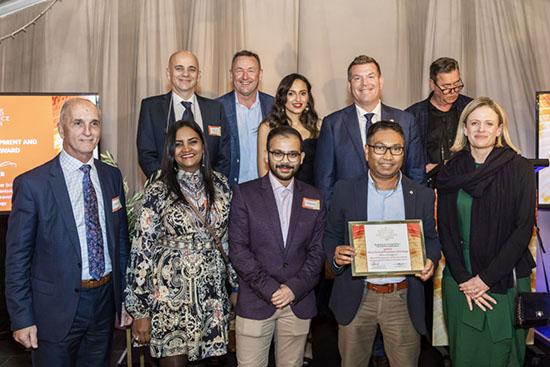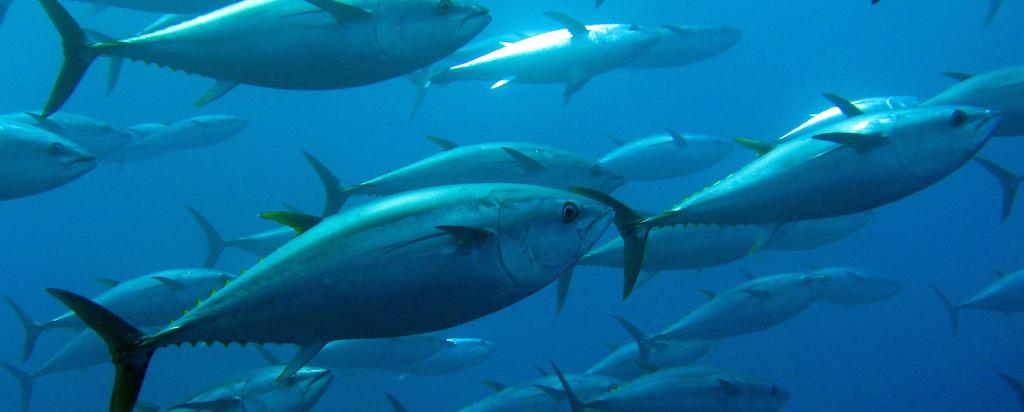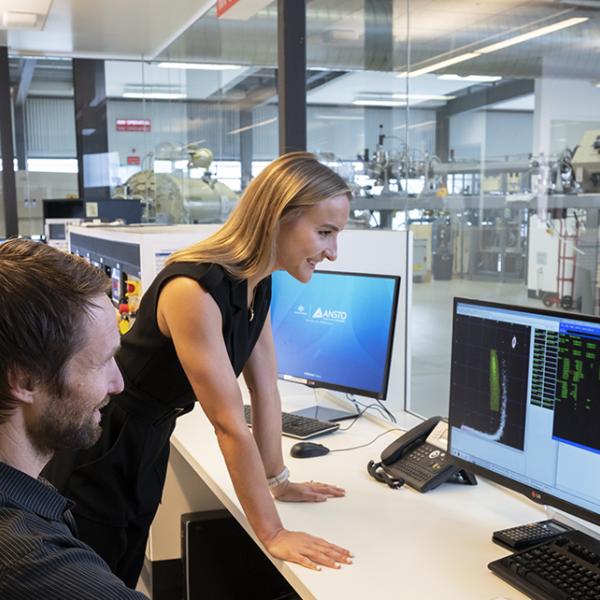

Published on the 20th May 2022 by ANSTO Staff
ANSTO’s Seafood Provenance team has received the Research, Development and Extension Award 2022 from the NSW seafood industry (hosted by the Sydney Fish Market) for the development of an innovative approach using nuclear techniques to determine the origin of seafood.
NSW Minister for Agriculture Dugald Saunders, MP and Greg Dyer, CEO of Sydney Fish Market presented the award to ANSTO at the award ceremony. The awards are held every two years.
The award was announced at a ceremony held this week at an event, that the seafood provenance team, led by Dr Debashish Mazumder and Environmental research leader Dr Karina Meredith, attended.
The research team includes PhD candidate Karthik Gopi, Patricia Gadd, Dr Jasmin Martino, Dr Jagoda Crawford, Dr Armand Atanacio, A/Prof Jesmond Sammut (University of New South Wales), Prof Neil Saintilan (Macquarie University), Erik Poole (Sydney Fish Market) and former Honours student Dita Malo with contributions from the National Measurement Institute and samples provided by the Sydney Fish Market and the NSW Department of Fisheries.
The Research, Development and Extension Award, which was sponsored by the Fisheries, Research and Development Corporation (FRDC), is presented to an NSW entity that:
- demonstrates excellence in developing and undertaking a research, development and extension activity that addresses a high priority for the seafood industry;
- is end-user driven, and produces outcomes that contributed toward the sustainability and profitability of the seafood industry and
- is challenging, involved technical risk, and required systematic investigation and a high level of innovation to achieve the planned outcome.
As the NSW recipient of the award, ANSTO will be put forward as the NSW nominee for the National Seafood Awards taking place in Brisbane in September.
“Both the participation and support of industry has been crucial in making progress on this research, which has evolved to a portable scanning technology that can be used in the field,” said Dr Mazumder.
“The collective contribution of expertise from across our site and the specialist skills of our academic partners has also driven our progress,” he added.
The approach is based on the concept of an environmental fingerprint, which reflects the location where an animal was bred and fed or where a crop grew or was cultivated.
An animal or plant takes in elements and their isotopes from environmental resources at these locations.
A range of techniques supports the approach including stable isotope analysis, X-ray fluorescence scanning using ITRAX, ion beam analysis at ANSTO’s Centre for Accelerator Science and mathematical modelling.
These isotopic and elemental fingerprints, which are linked to data from points of origin, can then be used to confirm if a product indeed came from that place.
ANSTO’s work on food provenance commenced in 2017

